The difficult life in Myanmar
May 31, 2025
663
Love For Myanmar Ministries Update
Christ Centered, Servant Hearted, Myanmar Focused
“Let us not glide through this world and then slip quietly into heaven, without having blown the trumpet loud and long for our Redeemer, Jesus Christ. Let us see to it that the devil will hold a thanksgiving service in hell, when he gets the news of our departure from the field of battle.” C.T. Studd
Myanmar coup day 1,580
- The international community has condemned the May 12 attack on a school that killed at least 20 children under age 18, and two teachers, in Ohteintwin village of Depayin Township, Sagaing Region. Depayin is located 40 miles north of the Sagaing Region capital Monywa. “On many occasions, the Myanmar military has targeted schools. There have been countless number of attacks over the last four years that have impacted schools, hospitals, religious sites, all of which receive special protection under international humanitarian law and should not be targeted,” stated James Rodehaver, the chief of the U.N. Human Rights Myanmar team.
- Junta airstrikes on villages in southeast Myanmar destroyed a hospital and forced over 8,000 residents from their homes, leaving them in urgent need of aid. Heavy artillery fired at the Bago region and Mon state border have left thousands in need of food, clothing and shelter. Predominantly ethnic Karen from eastern Myanmar, facing brutal village burnings and airstrikes by the junta, have fled en masse to camps in Thailand. The difficult life of residents in the camps escalated when the U.S. government slashed the budget of the U.S. Agency for International Development, or USAID. The United States, through USAID, has been the largest donor, contributing about 69% of the camps’ funding.
- Seven weeks on, the impacts of the March 28 earthquakes in central Myanmar continue to drive significant humanitarian needs, both for immediate relief and early recovery. Many families remain displaced in temporary shelters or rental housing due to safety concerns, including fear of returning to structurally compromised homes, with limited sustainable long-term shelter solutions in sight. The UN estimates that nearly 510,000 people still urgently need food assistance.
- Karen National Union troops recently captured a strategically important Myanmar army camp near the country’s border with Thailand. The camp, positioned on a hill northeast of the village of Ta Le in Karen State’s Hlaingbwe Township, fell after five days of fighting. Ta Le is located about 25 miles east of the town of Hlaingbwe and just five miles from the Moei River separating Myanmar and Thailand.
- At a recent meeting of the Military Council held in Naypyidaw, junta leader Min Aung Hlaing stated that general elections would be held in four phases, in the third and fourth weeks of December 2025, and the first and second weeks of January 2026. The Myanmar junta leader is expected to form a new “interim government” in July.
- In recent days, the junta has carried out surprise abductions of young people around Dagon-Ayeyar Highway Bus Station in Hlaing Tharyar Township, Yangon Region, primarily targeting those traveling from the Ayeyarwady Region to Yangon. Junta troops often switch to unmarked passenger cars, vehicles with civil society organization logos, and even ambulances for patrols to capture youth for military service.
- The Chinese Communist Party engagement in Myanmar reflects a nuanced strategy; while it officially backs the military junta, it also supports various ethnic armed organizations opposing the junta such as the United Wa State Army as well as the Myanmar National Democratic Alliance Army. These groups, which wield considerable military power along the China-Myanmar border, have historically benefited from Chinese assistance in terms of weaponry among others. This complex involvement enables Beijing to exert substantial influence over Myanmar’s internal affairs, ensuring that its regional interests are protected, irrespective of the shifting power dynamics.
- The Myanmar junta’s growing use of advanced drones – many supplied by China and Russia – has intensified its campaign against resistance forces, shifting the momentum on the battlefield and inflicting rising civilian casualties. Analysts say intelligence, surveillance and reconnaissance drones now play a vital role in monitoring opposition-held areas since the junta acquired large numbers of the Russian and Chinese-made aircraft.

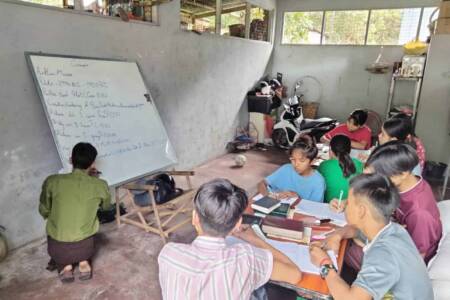

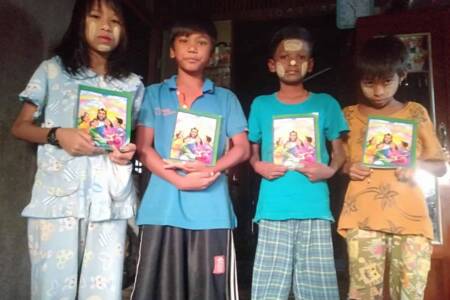
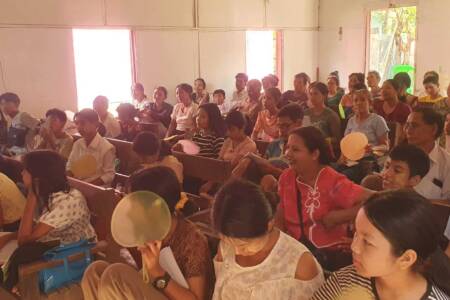
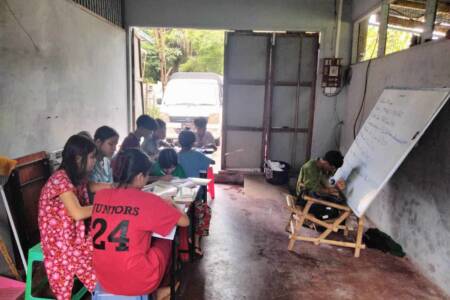

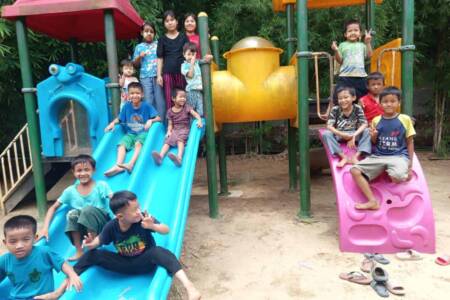

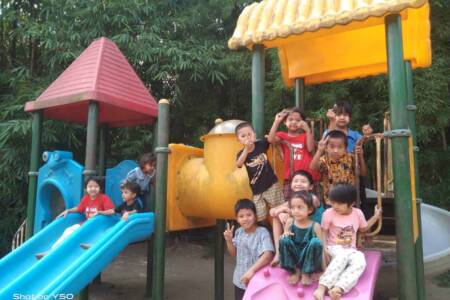

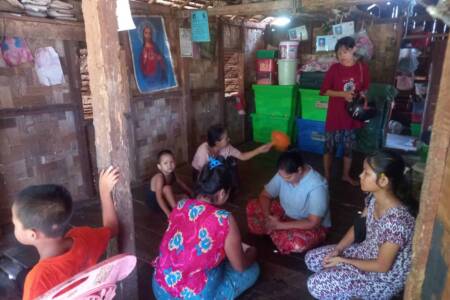
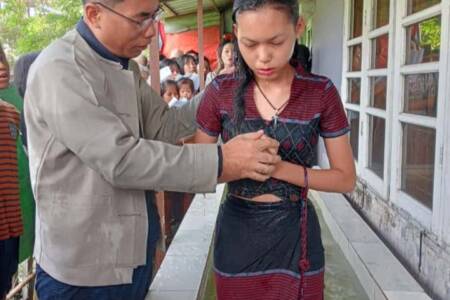
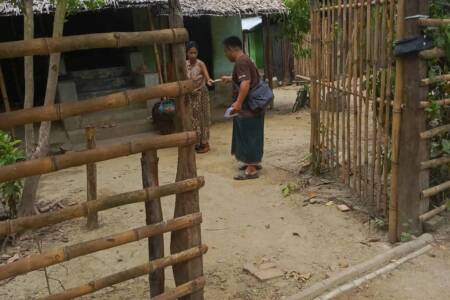
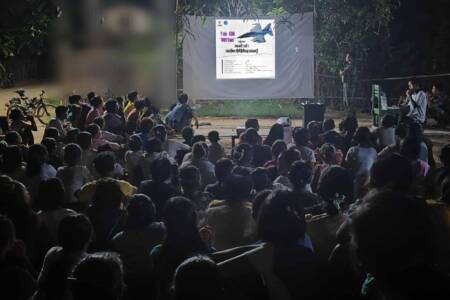


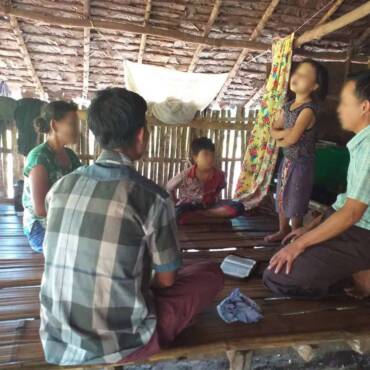
Add Comment